A new study, bringing together 12 years worth of meticulous research, has given some of the most precise measurements of Cepheid stars.
The new research into the pulsating variable stars has been celebrated by scientists who say it will give them new abilities to measure the universe more precisely.
What Are Cepheid Stars?
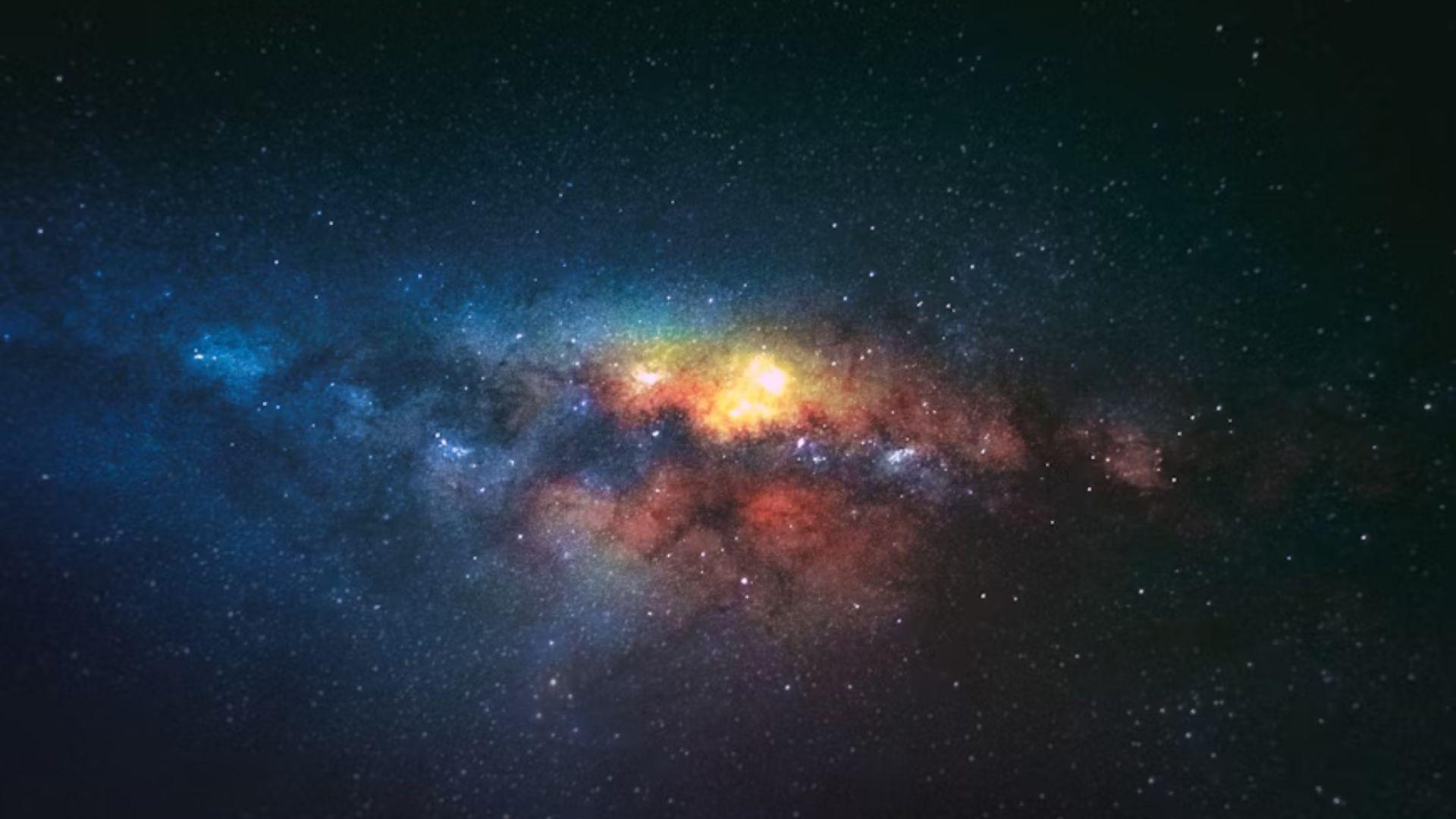
Cepheid stars are a type of variable star – meaning that their brightness changes. They are known to brighten and dim within a short time period and studying them allows greater insight into the secrets of our universe.
Cepheids are known to exhibit specific luminosity patterns but have historically presented scientists with a challenge when it comes to observing them. One of the most luminous Cepheid stars is the RS Puppis, which has a six-week cycle of brightness changes.
New Discoveries
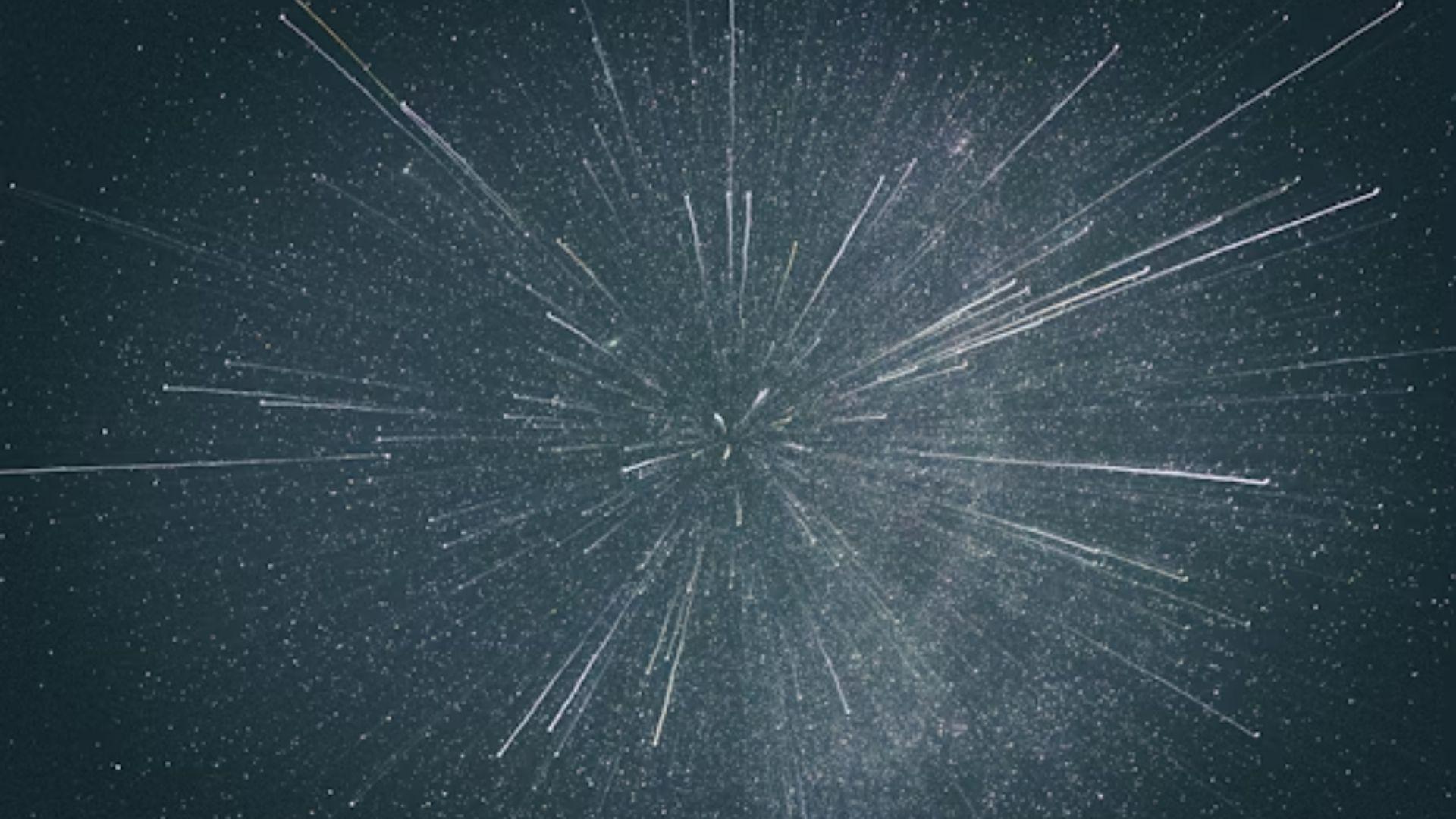
Observations conducted between 2010 and 2022 have offered the most precise measurements of Cepheid stars yet – news which experts say, “hold clues about the immense size and scale of our universe.”
Research by the VELOCE project, saw hundreds of Cepheids studied – revealing unexpected variations in pulsation. The research, which was published in the Astronomy and Astrophysics Journal, should allow astronomers to calculate distances across space more accurately.
Researchers Weigh In
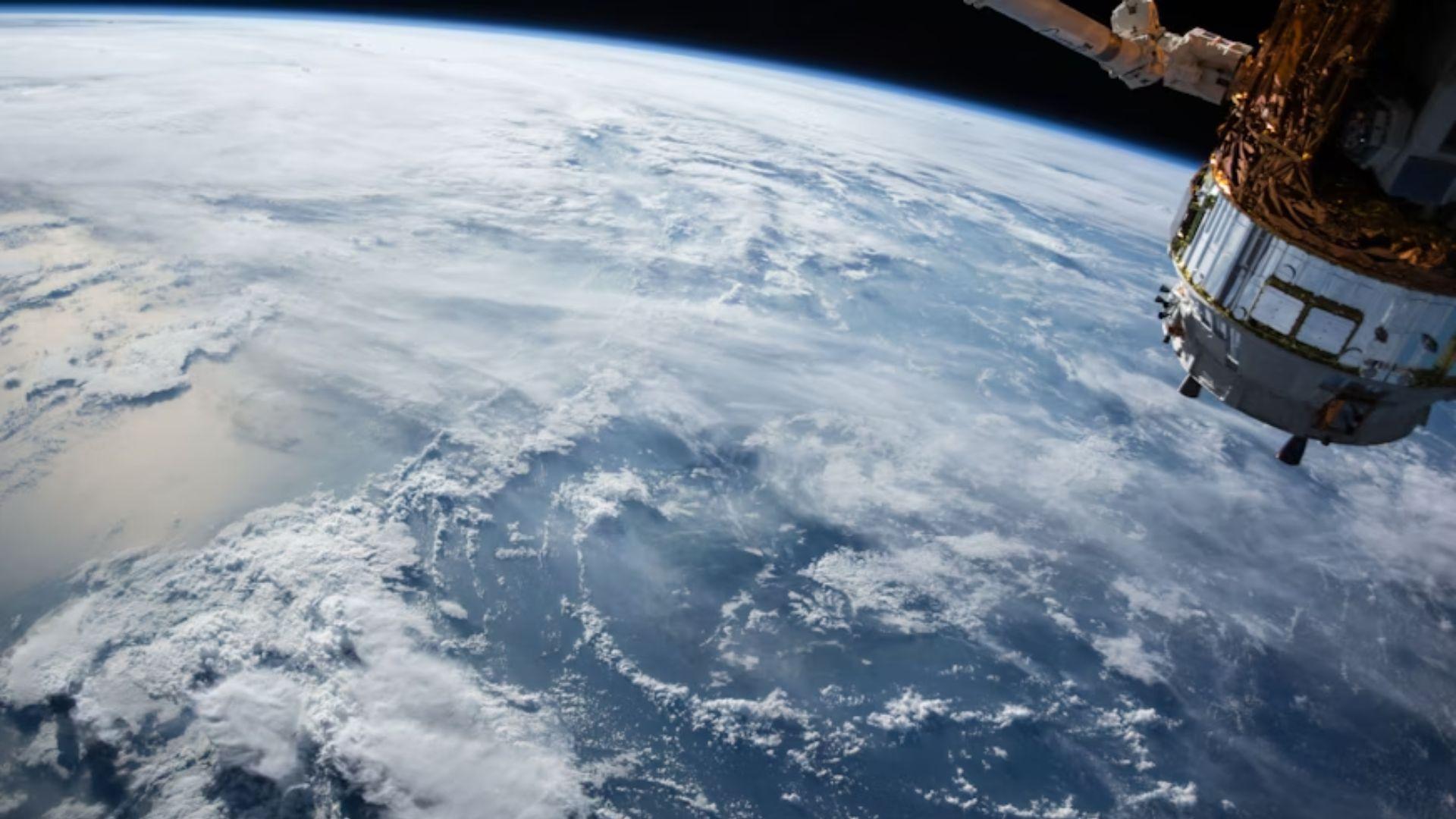
Astrophysicist Richard I. Anderson said, “Understanding the nature and physics of Cepheids is important because they tell us about how stars evolve in general, and because we rely on them for determining distances and the expansion rate of the Universe.”
Anderson added, “This dataset will serve as an anchor to link Cepheid observations from different telescopes across time and hopefully inspire further study by the community,”
How Research Was Conducted
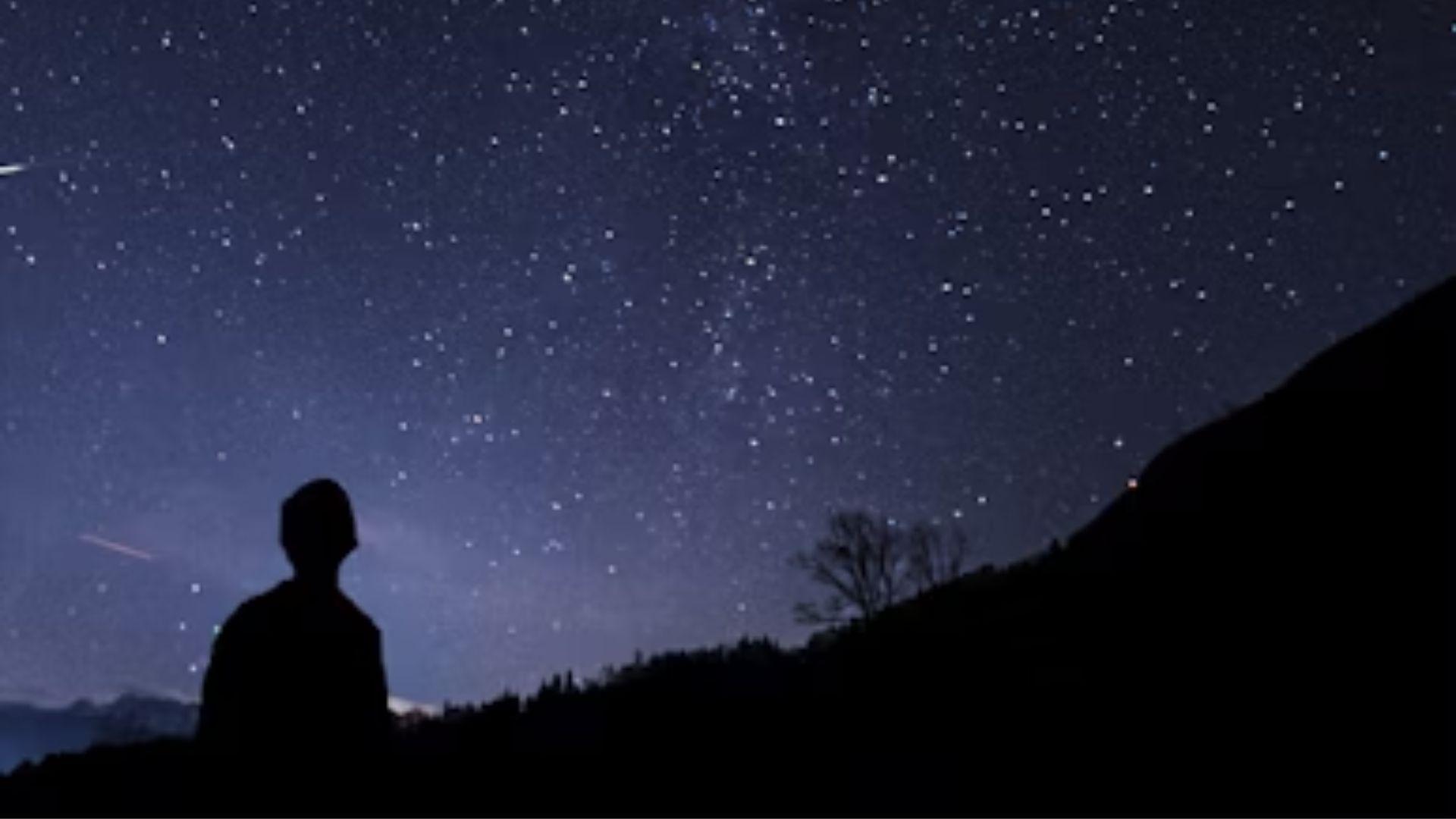
Researchers collected advanced spectrography observations between 2010 and 2022 using the Flemish Mercator telescope in Spain and the Swiss Euler telescope in Chile.
Researchers with the Velocities of Cepheids (VELOCE) project collected more than 18,000 measurements of over 250 Cepheids. The high-resolution spectrographs allowed the most precise measurements we have gotten to date from the variable stars.
Fascinating Findings

Space.com’s Samantha Mathewson wrote that researchers found “pulsations [that led] to changes in the line-of-sight velocity of up to 70 kilometers per second, or about 250,000 kilometers per hour”
A co-author of the new study, Giordano Viviani added, “We have measured these variations with a typical precision of 130 km/h (37 m/s), and in some cases as good as 7 km/h (2 m/s), which is roughly the speed of a fast walking human.”
What is VELOCE?

Behind the fascinating new findings about Cepheids are the Velocities of Cepheids (VELOCE) project. It is led by astrophysicist Richard I. Anderson.
The project, which oversaw 12 years of research into the fascinating variable stars, studied hundreds of Cepheids and gained findings that could help us measure the universe with greater accuracy.
Fascinating New Celestial Object
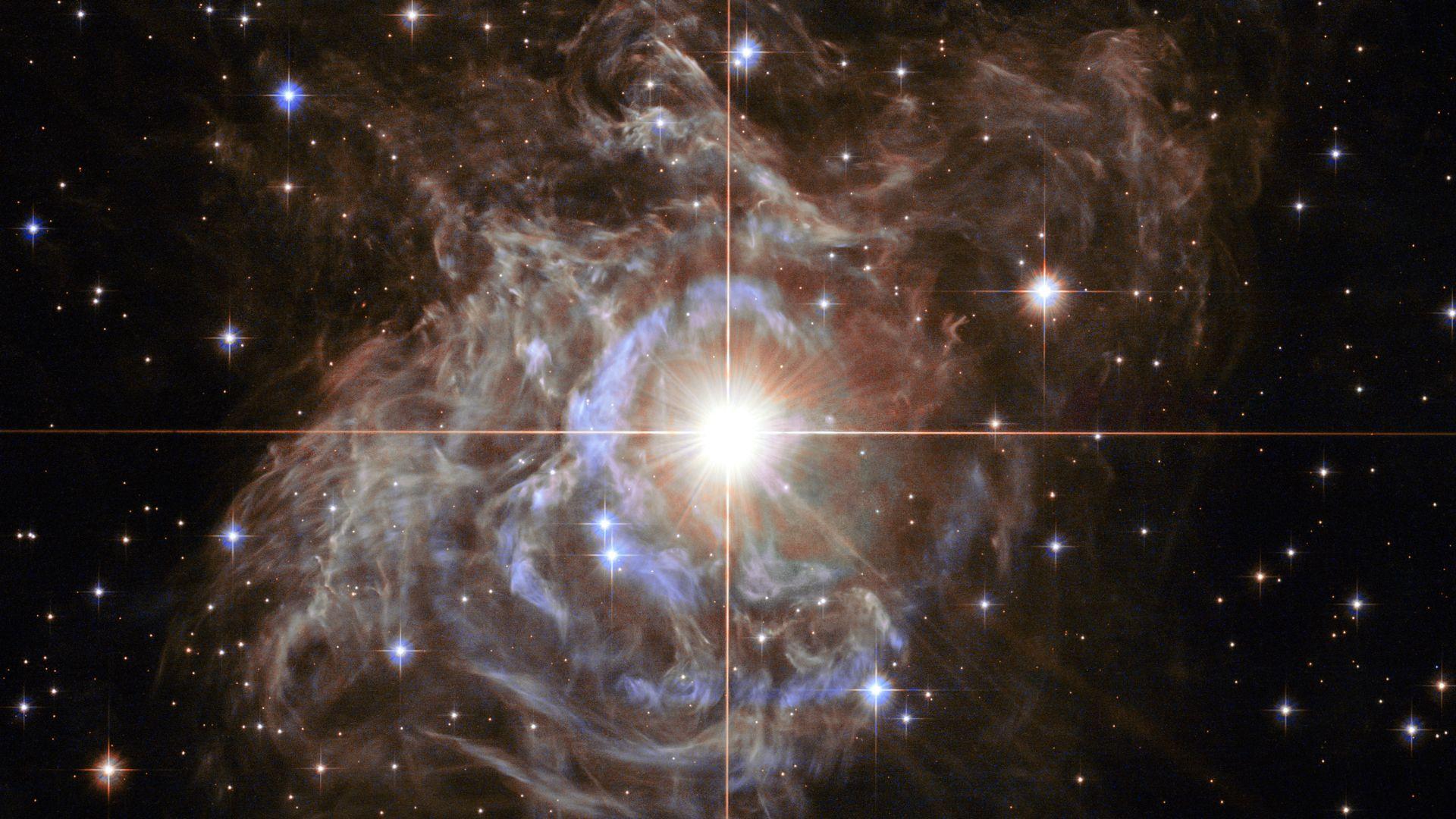
The new Cepheids research comes just weeks after scientists discovered a potentially record-breaking celestial object, the IRAS 23077+6707 – which has been nicknamed “Dracula’s Chivito”.
Scientists believe the protoplanetary disk may be the largest recorded object of its kind. The finding may allow scientists greater insight into the formation process for new planets.
Another Fascinating Discovery
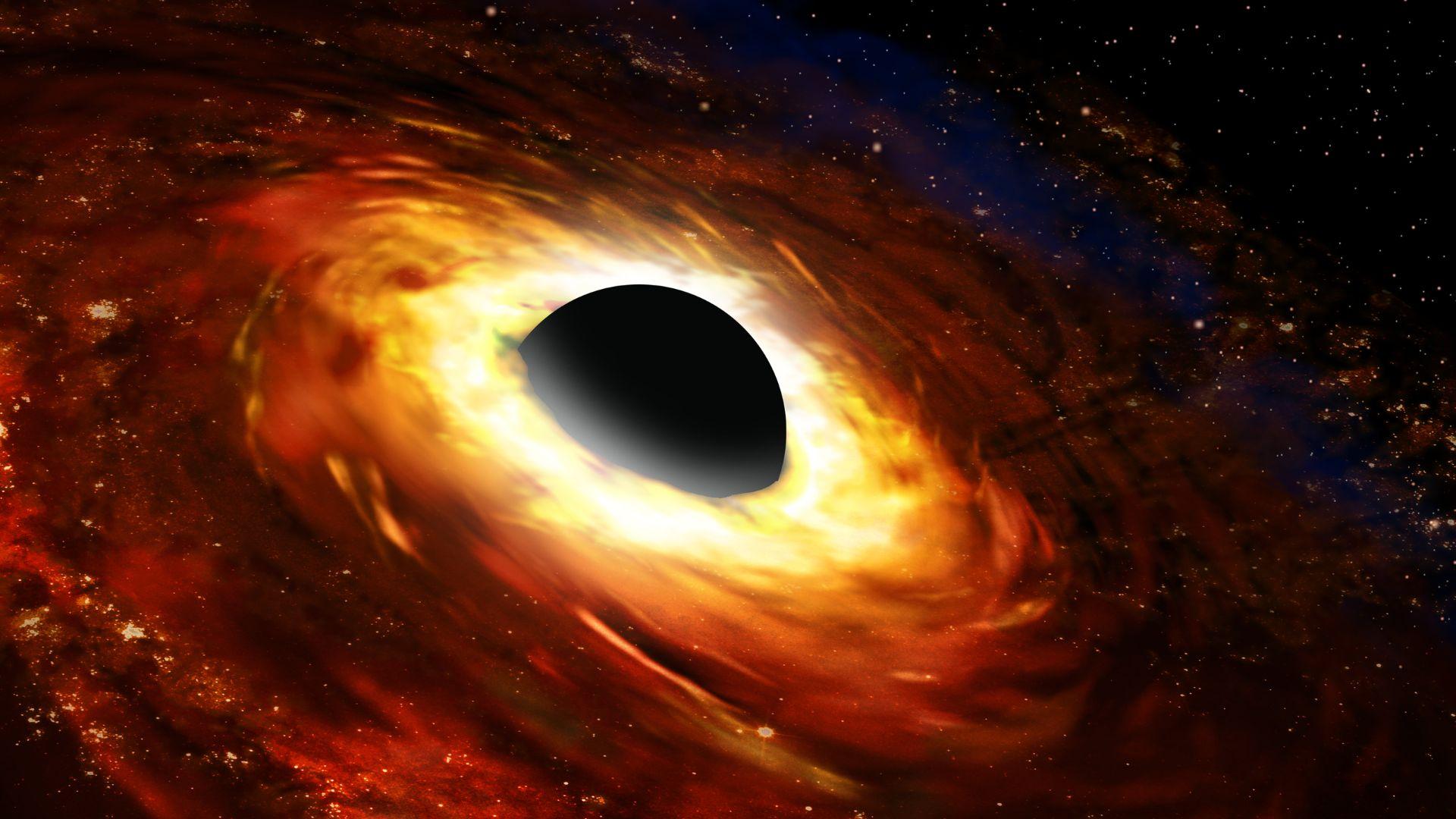
2024 is shaping up to be a ground-breaking year for physicists, with there also being the recent report of the most massive stellar black hole in the Milky Way being found.
The BH3 black hole measures 33 times the mass of the sun and is the second closest black hole to Earth ever discovered. This fascinating discovery was made by the European Southern Observatory (ESO).
Cepheids Discovery Fuels Future Hope
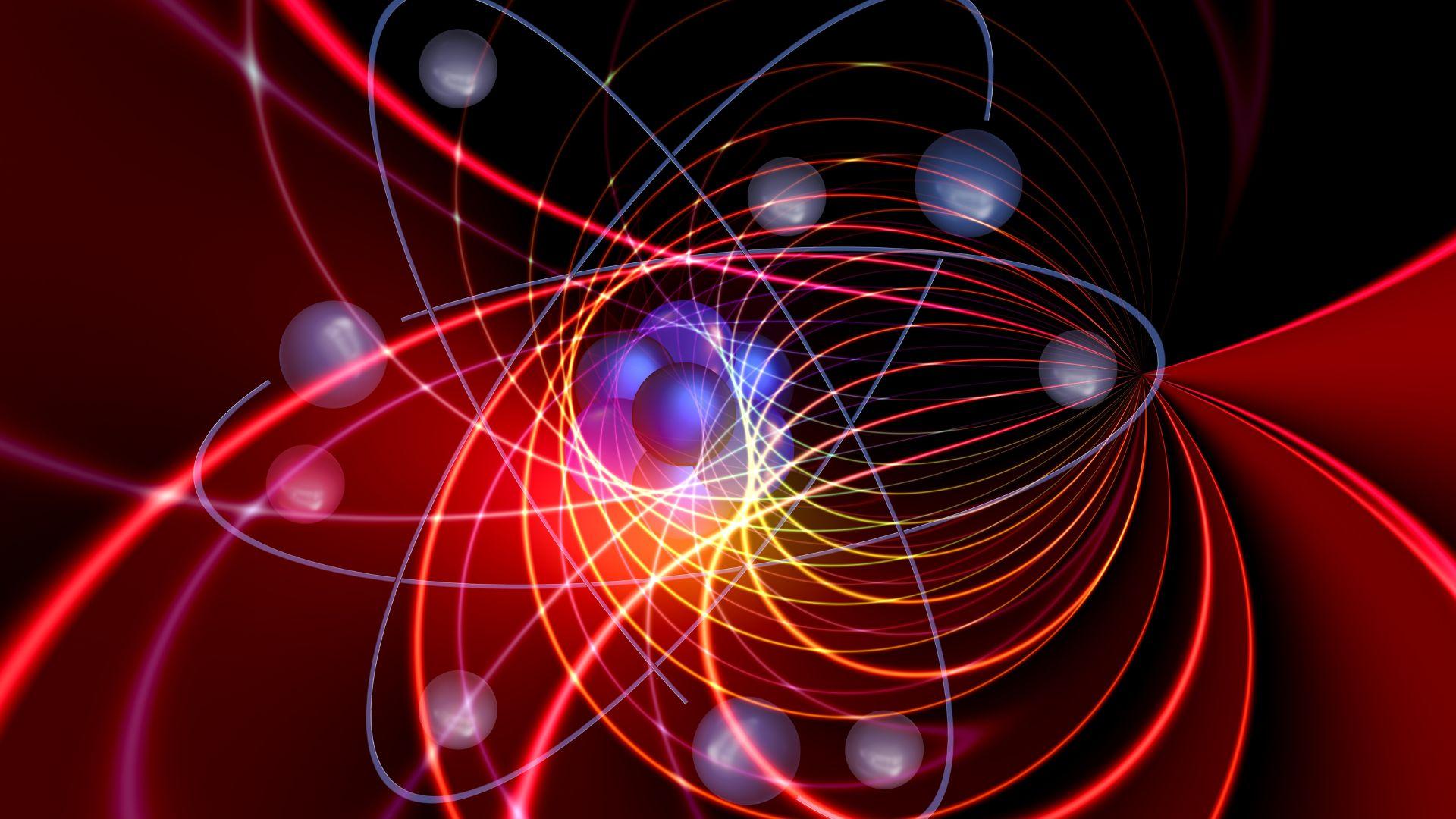
Mathewson has said that the new data about Cepheids “will help astronomers untangle the complexities of observing pulsating Cepheids and understand whether the changes observed in the stars’ brightness are a result of their individual structure or caused by potential interactions with companion stars, who occasionally eclipse the light of their stellar partners.”
VOLACE’s Anderson said, “This dataset will serve as an anchor to link Cepheid observations from different telescopes across time and hopefully inspire further study by the community.”

